The design process requires you to do more than create gorgeous visuals every step of the way – you also need to manage feedback, which can feel like another job entirely. Lucky for you, we’ve gathered tried-and-true tips for managing stakeholders and getting the most helpful feedback while making your own workflow easier.
#1 Increase the artistry and detail as your product concept becomes closer to completed.
This saves you from wasting time and energy on concepts too early in development, and helps stakeholders feel more confident in final products.
- Don’t create gorgeous, photo-realistic visuals for the first few concepts. Use the toon material to show the outline, form and function of the product concept in early versions.
- Save your most impressive renderings for the final versions.
#2 Use animations or exploded views to showcase product design, engineering and functionality.
Consider short animations or exploded views as your best friends for presentations or feedback.
- Camera keyframing allows users to create more complex animations than simple turn tables and pan in and out effects, which are typically used. Being able to quickly keyframe camera positions lets you show off details and key elements of a design without the need for understanding more advanced animation techniques.
- If you’re looking for visuals that will blow minds, a short, exploded view animation always leaves an impact. KeyShot Studio also supports importation of motion studies from SolidWorks, providing another level of communication when coupled with exploded view animations.
#3 Boost the photorealism of your visuals with a few simple tricks.
- Depth of field can be used both in static images and in animations to significantly increase the realism of a scene. Photos naturally have some level of falloff due to a camera’s aperture, so by adding depth of field, you can subtly convince the viewer that what they see is an image of a real object.
- Use ground planes to create seamless product backgrounds.
- Rendering on GPU can often be much faster than CPU. Because of this, KeyShot Studio users can afford to increase the sample count of GPU render outputs to further maximize the quality of the final result.
#4 Working on a tight deadline? Get a speed boost.
- Color blocking parts in CAD by assigning the same color to parts of a model that will share the same materials, significantly speeds up the process of materializing a model in KeyShot. This creates a link between those parts prior to importation of the model, ensuring that when one part receives a material update, all parts that share the same color block are updated as well.
- Adding Network Rendering to KeyShot Studio is an excellent and affordable way to dramatically reduce your rendering time.
#5 Use KeyShot Web or KeyShot Hub to make it extra easy for your client, manager or other “approvers” to view the concept and provide feedback.
- KeyShot Web allows viewers to see a concept in different views and colorways, as well as via AR/VR.
- KeyShot Hub, the new tool for design teams, makes tracking feedback easy. Hub allows you to quickly send out several renderings to stakeholders, consolidates feedback into one place and can automatically save versions, ensuring no work is lost.
KeyShot rendering in the header by Tommy Cheong.








